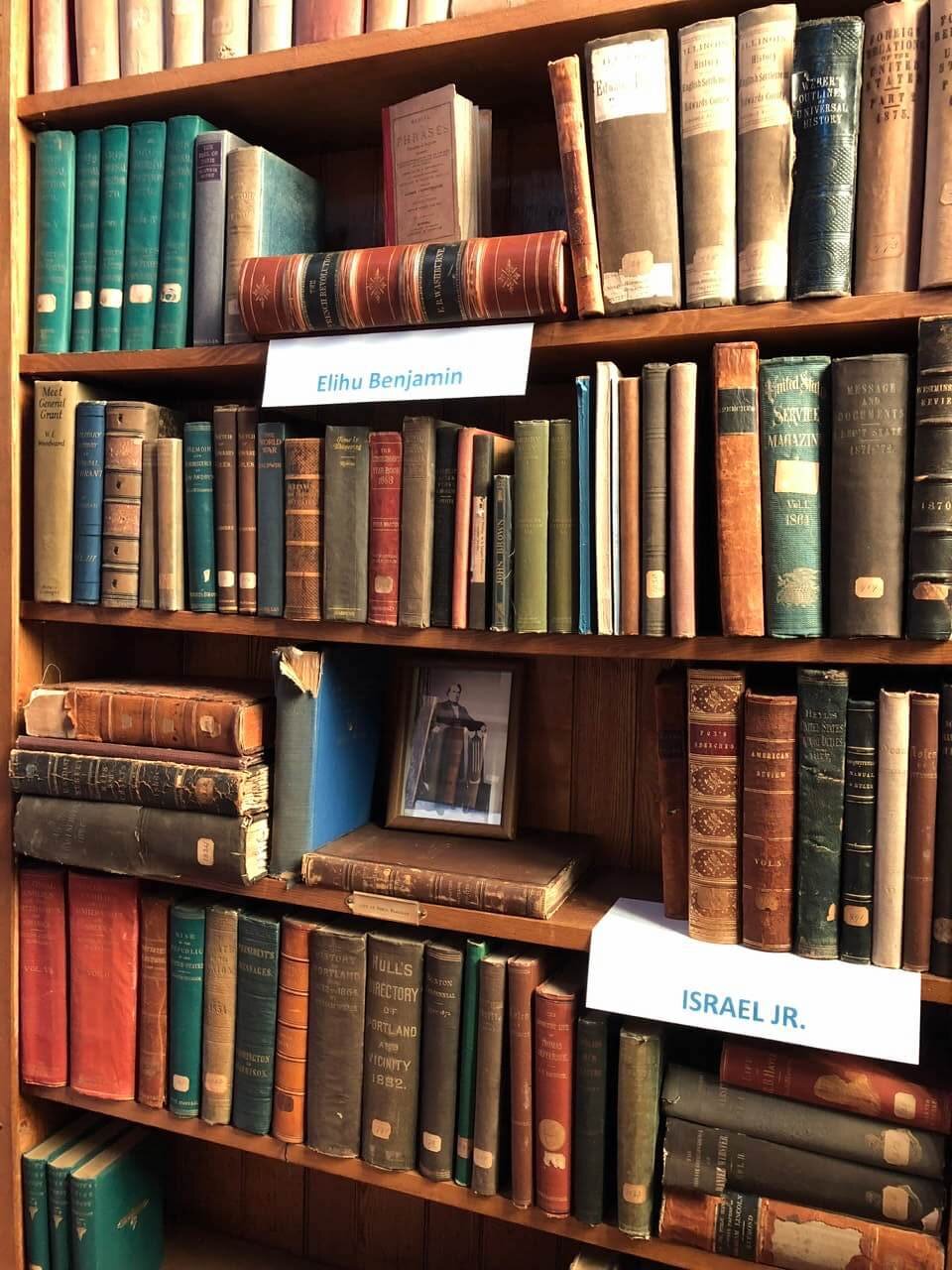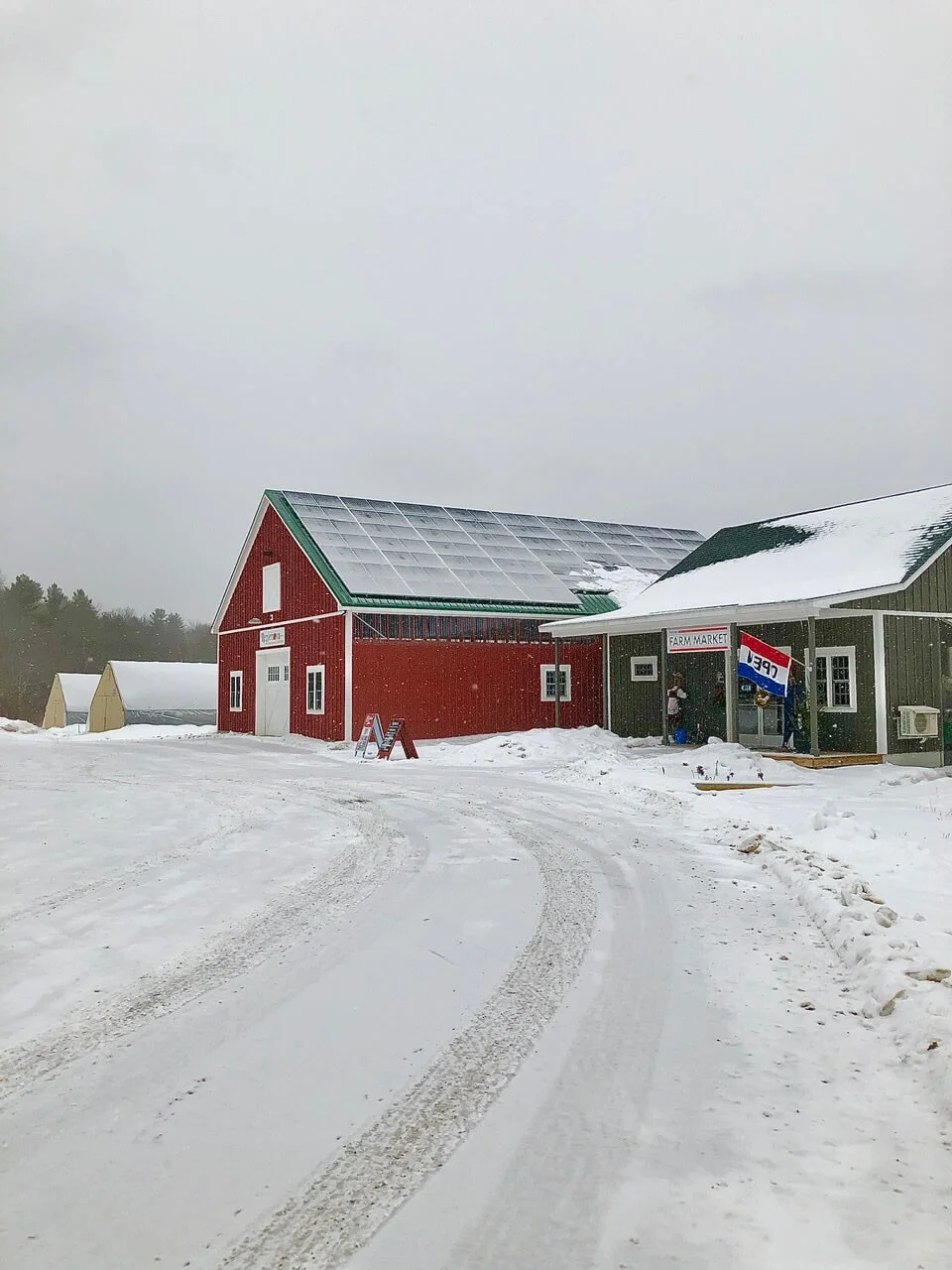Returning to Washburn-Norlands in Livermore
Many who grew up in Maine have fond memories of a childhood field trip destination tucked away in the town of Livermore. The Washburn-Norlands Living History Center is referred to more commonly as “Norlands.” Over recent decades, visitors of all ages have spent time at Norlands to both see and experience life in Maine during the 1800s.
I am one of those Mainers who had the opportunity as a young girl to enjoy a hands-on adventure at Norlands which included making the soup and cornbread our group enjoyed over lunch. When considering what Livermore location to feature on my adventure to visit every town in the state, I decided to make a return trip to this living history center. It was my first time back as an adult. I walked away with a very different impression than was formed there during my childhood.
As a young student, my primary focus was the living history aspect of Norlands. Imagining how Mainers lived back in the 1800s and feeling like I was walking in their shoes was the biggest benefit gleaned from the trip. That is one aspect of the Norlands’ mission. It was the vision of Ethel “Billie” Wilson Gammon who was instrumental in the formation of the center which opened in the mid-1970s. Without a doubt, Norlands has fulfilled this purpose for so many Mainers.
This 2020 return visit, however, was consumed with a growing intrigue centered on the word that precedes “Norlands” in its title: “Washburn.” The grounds over which we now stroll once was simply “home” to the Washburn family. I left Norlands with the strong sense that not only is this perhaps one of the most remarkable Maine families in our state’s history, but also that we generally do not know enough about them.
Israel Washburn, Sr. bought the property in 1809. He and his wife Martha raised seven boys and three girls. These ten children were not born with the proverbial “silver spoon in the mouth.” As adults, however, they would have the means to purchase silver spoons and a whole lot more. The sons, in particular, achieved a string of accomplishments that is breathtaking in scope and impossible to detail in a simple blog post. The following is a brief sample of items from their successes:
To this day, Israel, Elihu, and Cadwallader Washburn are the only three brothers to have served in the United States House of Representatives simultaneously. The latter two had moved to Illinois and Wisconsin and been elected to represent those states.
The above mentioned Elihu became close friends with another political figure in Illinois: Abraham Lincoln. In fact, Elihu served as one of the pallbearers at President Lincoln’s funeral. In addition to these points of note, Elihu spent eight years in Paris as the U.S. Minister to France in the 1870s.
The political career of Israel, Jr. included more than his time in Congress. He is perhaps the best known Washburn son as he was governor of Maine during the Civil War.
The brothers began a wide array of businesses, including flour mills. You may have heard of these entities: Gold Medal Flour and Pillsbury Flour.
Other positions held by the siblings included bank owner, railroad founder, school teacher, newspaper editor, lawyer, U.S. Senator, Minister to Paraguay, as well as both a Civil War General and Navy Captain.
Somehow, I missed all of this during my first visit to Washburn-Norlands! I’m so glad I returned and learned more about this amazing Maine family. I asked Sheri Leahan, current director of the center, what factors researchers highlight in explaining this incredible success story. Sheri pointed to two major ones.
First, the Washburn parents — in particular, the mother — emphasized the importance of both formal and self-education. It is no wonder that in 1883 a couple of their sons built a library on the property in honor of their parents. It is made of Maine granite from Hallowell. The shelves are filled with the family’s books organized in collections according to which son owned the particular volumes.
A second factor can be traced to the way in which the family members supported each other. Some of the brothers went to work on neighboring farms in their early teens as a way to supplement the family’s meager income. Later in life, the older brothers — in particular, the bank owner! — provided critical financial assistance to the younger siblings.
Family ties were strong and a priority. Perhaps there is no better tangible demonstration of this fact than the Washburn mansion which is the largest building at Norlands. I found this home to be so surprising due to the reason for which it was built. The stately house was constructed when their original family home burned — after the sons and daughters had grown up. Their mother had already passed away, and the senior Israel was losing his eyesight. The adult children built the mansion not only for their father, but as a place large enough for the family to come visit. And they did just that. In fact, Washburn descendants continue to return to the property for reunions (they hold the distinction as the only ones allowed to eat in the formal dining room pictured below).
The entire home is truly beautiful — a worthy tribute to an outstanding family.
In recent years, the staff and board of Norlands have placed a greater emphasis on the Washburn family while still highlighting the living history element of the site. One way they tie the two together is by assigning visiting students the names and roles of those who lived in the community during the 1800s. Costumed interpreters who conduct the tours incorporate both a sense of general life back in this time period, along with the story of the family who grew up in this place.
The building that is one of the most fascinating for students is a replica of the 1853 one-room schoolhouse. Twelve families from the community received their education at this location. Enrollment fluctuated as children were born and grew. Anywhere from seven to forty students were in attendance at one time. They went to school six days a week and walked home midday for lunch. Visitors sit at the desks and hear about the reading, writing, and arithmetic that was part of the curriculum.
Gazing out the window of the one-room schoolhouse
It’s October 1, 1853 at the Washburn-Norlands one-room schoolhouse
Though it has been a long time since this school was in session, there is a tremendous amount of education taking place all over the grounds of the Washburn-Norlands Living History Center. During my visit, I had the privilege to meet a number of staff, board members, and volunteers. Each of them expressed and demonstrated a deep level of commitment to their mission — not only to help Mainers of all ages to experience history, but to expand our knowledge and appreciation for the notable Washburn family.
In closing, I want to thank Sheri and the others who went above and beyond to assist me with this feature. They all were so gracious and patient. I also want to encourage you to schedule a visit to Norlands, especially if — like me — you visited during a school field trip, but haven’t yet returned. My hope and expectation is that you would find a second experience of value. Lastly, to any Washburn descendents who see this post, this particular Mainer would like to commend your family for the contributions they have made to our state, country, and world.
I’m on a mission to visit every town in Maine. Check here to see if I’ve featured yours yet: All The Visits. To learn more about this adventure, see the about page.
The 1828 Meeting House













